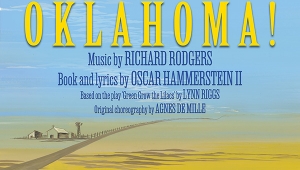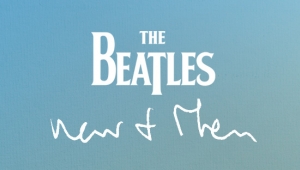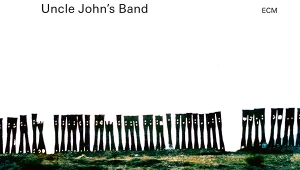| Columns Retired Columns & Blogs |
June 2022 Classical Record Reviews

Bruckner: Symphony No.7
Gürzenich-Orchester Köln/François-Xavier Roth
Myrios Classics MYR030-260183510307 (CD). 2022. Stephan Cahen, prod.; Daniel Przemus and Stephan Cahen, engs.
Performance *****
Sonics ****
Gürzenich-Orchester Köln/François-Xavier Roth
Myrios Classics MYR030-260183510307 (CD). 2022. Stephan Cahen, prod.; Daniel Przemus and Stephan Cahen, engs.
Performance *****
Sonics ****
The Seventh, Bruckner's most accessible symphony, has proved elusive on record. Traditionalists have emphasized its "vertical" aspects, its tonal and harmonic weight, at the cost of forward motion; "horizontal," Italianate conductors (Abbado, Chailly) have reversed that imbalance.
François-Xavier Roth gets it right. Tempi, save in a conventional Scherzo, are quicker than the norm: The broad melodies flow without losing their sense of importance. The opening theme has an "upbeat" quality—not colloquially but in the sense of musical upbeats—lending it lightness along with warmth. Genial, pastoral transitional passages in the outer movements provide the needed emotional respite. The great Adagio's second theme has a gracious, dancing poise; later, the first theme's "unfolding" climax blossoms organically in the original tempo.
Neither does Roth underplay the score's harder face. The buoyant Scherzo has buzzy drive, building to grim, rolling tuttis. The lyrical Trio doesn't dawdle. The Finale's springy rhythms are now affirmative—the opening almost scampers—now menacing, as needed. As in the Adagio, the brassy outbursts aren't portentous but simply logical outgrowths of the music's progress.
I'd have liked a better setup for the first-movement recap—it almost doesn't register—and, in the Adagio, Roth allows the counterpoints to thicken the first theme's second statement, though not unduly so.
In the sonic frame, the Gürzenich's clear woodwinds, full-throated brasses, and warm strings have depth as well as texture: Note the layering of horns and solo trombone in the Adagio. As can happen, timpani rolls in tutti cloud the textures, and the first-movement coda suffers an edge I didn't hear elsewhere. Still, it's one of the best Sevenths in years.—Stephen Francis Vasta
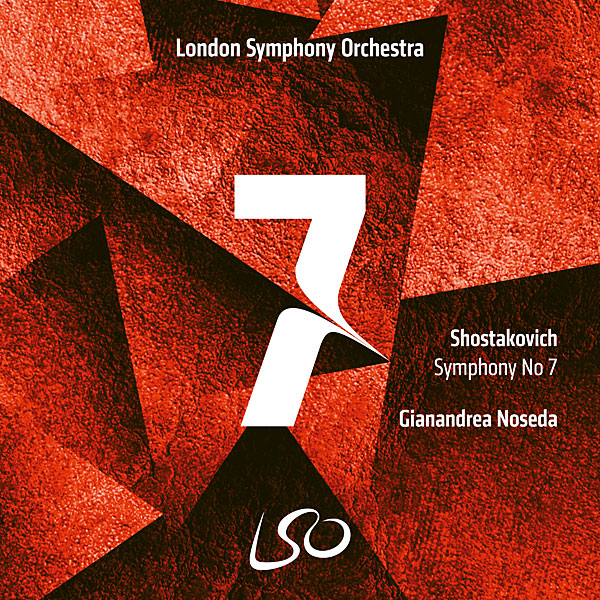
Shostakovich: Symphony No.7, "Leningrad"
London Symphony Orchestra/Gianandrea Noseda
LSO Live LSO859 (CD). 2022. Nicholas Parker, prod.; Neil Hutchinson and Jonathan Stokes, engs.
Performance ****½
Sonics ****½
Perhaps the most striking passage in Noseda's concert Leningrad is the one sometimes subjected to ridicule, notably by Bartók: the "juggernaut" march that stands in for the first-movement development. The conductor builds steadily from its first, quiet pizzicato statement through its inexorably fuller repetitions, maintaining impressive dynamic gradations. The passage's expansion feels inevitable, as does its climactic eruption into the recapitulation. I've heard effective renderings of this theme, but rarely so well controlled as here, or with such assurance.
The rest of the performance displays the stylistic acumen we've come to expect from Noseda's cycle. The maestro precisely gauges sectional ritards in the Moderato (poco allegretto)—which combines the functions of slow movement and scherzo—and bangs out the buoyant faster section with enthusiasm. The imposing, full-range wind chorale that opens the formal Adagio is carefully balanced toward the top; the movement's mood wavers ambiguously between unease and affirmation. The angular, pointed finale starts out strong, the irregular scansions assured; despite some uneasy coordination between strings and brass, the propulsion carries us through to the grim resolution.
The LSO is generally alert, polished, and characterful. The violins lose some of their focus at lower dynamics—soft pizzicatos are almost inaudible—but they play with a beautiful purity and accuracy in alt, and the Adagio's cellos are dusky and vibrant. The oboe's variation in the Moderato is plaintive. In the two middle movements, the lean, full brasses are now ominous, now carnivalesque in the composer's favored manner; the high unison horns in the Adagio are almost too restrained. The sonic frame affords that brass choir a modicum of depth, but it's the full, shiny woodwinds that particularly benefit.—Stephen Francis Vasta
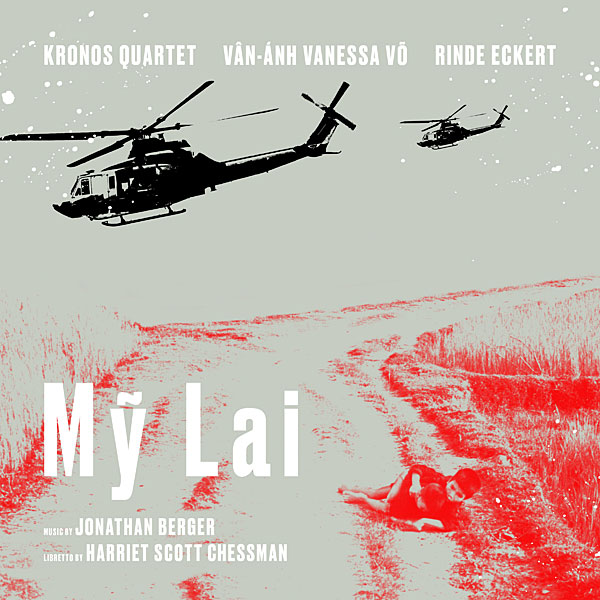
Jonathan Berger, Harriet Scott Chessman: Mỹ Lai
Kronos Quartet, Vân-Ánh Vanessa Võ, Rinde Eckert
Smithsonian Folkways Recordings (CD). 2022. Scott Fraser & Kronos Quartet, prods.; Scott Fraser, eng.
Performance *****
Sonics ****
The same week President Joseph Biden called out Russia for its war crimes in Ukraine, publicity arrived for this new recording of composer Jonathan Berger and librettist Harriet Scott Chessman's monodrama, Mỹ Lai (2016). According to Berger, who began the opera after talks with Kronos Quartet founder David Harrington, Mỹ Lai concerns "one of the darkest moments of the Vietnam War—one that traumatized the nation and swayed the course of history, ... the massacre of over 500 innocent civilians by American soldiers in the village of Mỹ Lai on March 16, 1968."
After performances in Chicago, Singapore, Brooklyn, Berkeley, Los Angeles, and Iowa City—clips are available on YouTube—Smithsonian Folkways, the non-profit record label of the national museum of the United States, teamed with Kronos Quartet and the opera's co-creators to release audio recorded in Berkeley's fabled Fantasy Studios. Even in CD quality, the mixture of acoustic instruments European (two violins, viola, and cello) and Vietnamese (the astounding quarter-toned àn tranh) with veteran performance master Rinde Eckert's multi-octave vocalism and prerecorded sound effects—ironic "game show" interludes complete with canned laughter and applause—stabs at the mind and emotions. Equally powerful are 41 pages of commentary, which include Chessman's complete libretto and two heart-rending statements from Mỹ Lai survivor Tân Vaãn Ðú'c.
Berger derived his music from a prayer recited near the conclusion of the Jewish Day of Atonement, Yom Kippur. His long interludes resonate as deeply as the timbral contrasts between instruments of maximally different cultures. What brings it all together are words and feelings whose meaning is universal.—Jason Victor Serinus
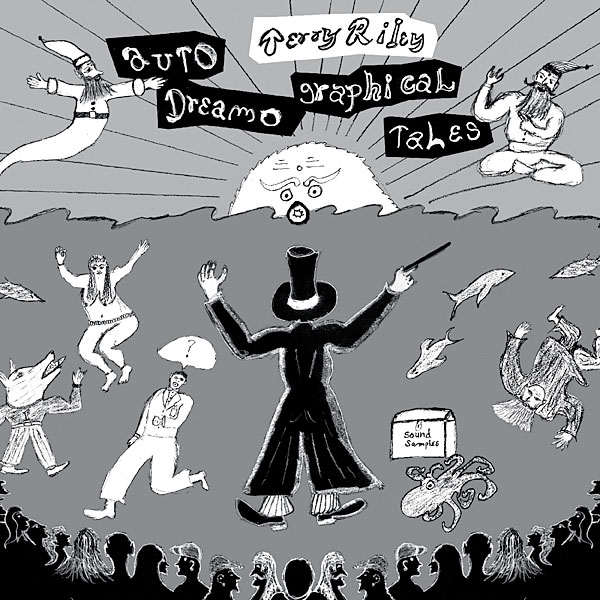
Terry Riley: Autodreamographical Tales
Terry Riley, Bang on a Can All-Stars
Cantaloupe CA21167 (CD). 2022. David Cossin and Rob Friedman, prods.; Rob Friedman, eng.
Performance *****
Sonics ****
The unequivocal antithesis of Mỹ Lai, which, paradoxically, was recorded by the same quartet that spreads the Mystical Gospel of Terry Riley worldwide, Autodreamographical Tales gives life to 10 fanciful, often fantastical dreams by that great musical innovator. Based on short stories from Riley's 1995 dream journal and conceived as an electroacoustic radio opera, the project was commissioned in 1996 and premiered in 2007. Recorded seven years later, Riley's multidimensional musical dream diary is finally available as he envisioned it.
The songs in Autodreamographical Tales reflect just some of Riley's multiple realities. "The Faquir," for example, reflects his fascination with distant cultures, while "The Hippie Encampment" (somewhere in Asia) and "Cannabis" ("Deep in the Smoke is a trusty friend/Revealing sights hidden around the bend") require little explanation other than to note that the scales Riley sometimes vocalizes reflect his training and partnership with the late North Indian classical singer Pandit Pran Nath.
Riley supplies vocals, piano, keyboards, and booklet illustrations; six All-Stars add cello, bass, more keyboards, drums, percussion, guitar, and two clarinets. Bruce Gremo occasionally adds glissando flute and shakuhachi. Get the picture?
What is essential for appreciation is a willingness to simultaneously embrace joy, symbolism, whimsy, and profundity. Without incalculable quantities of nonattachment, one could not possibly make sense of verse after verse like this one, from "Science Fiction [The Autodaydreamographical Anteriopod]": "That being, a fizant hush came over the prekarnant skilink ... This will invoke the now well known quenarg effect even when not sucking on a ranooly." Perhaps only a wizard of the Order of Reichert could decipher such dream-fodder.—Jason Victor Serinus
- Log in or register to post comments












